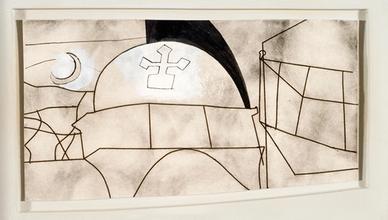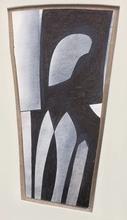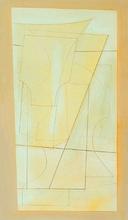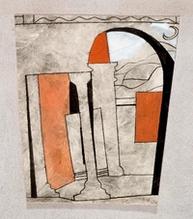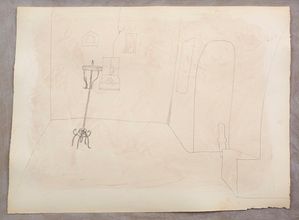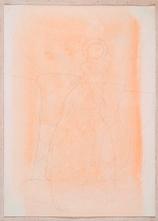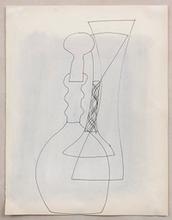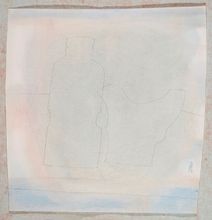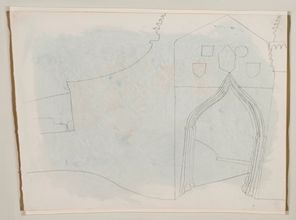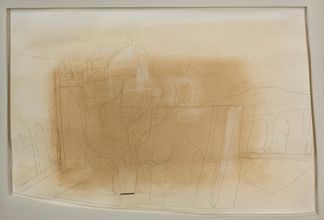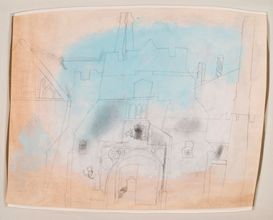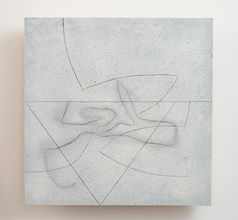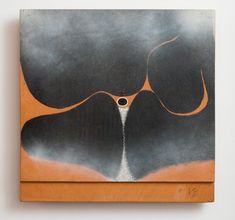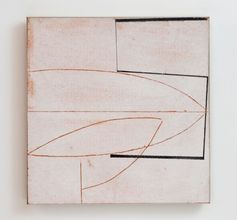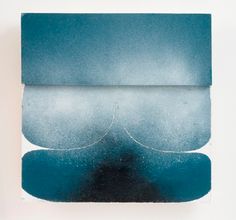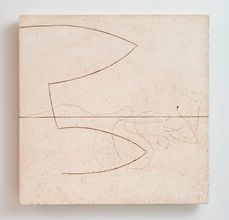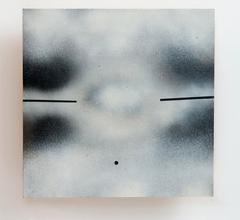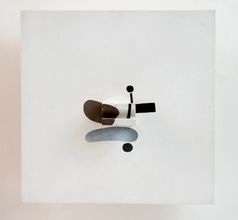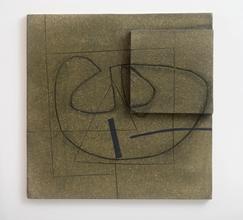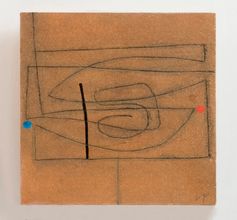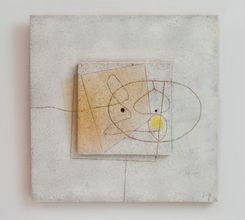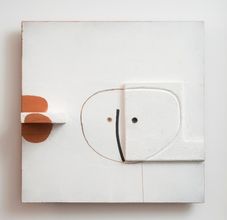Ben Nicholson & Victor Pasmore: The Thing Observed
11th April 2008 - 1st May 2008
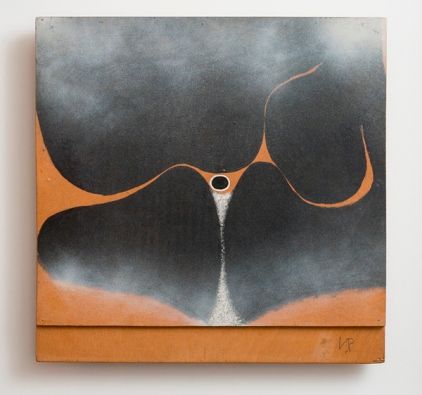
Victor Pasmore, When the Star is Fixed, 1972
In their very different yet oddly complementary ways, Ben Nicholson and Victor Pasmore were two of the dominant figures of English painting of the mid-20th century. We are living now through a time, which no doubt will pass, in which the currency of contemporary painting hardly holds the pre-eminence it once enjoyed, almost as of right. To look back now barely 40 years, in the light of modern received opinion, we might well come to the conclusion that there were Francis Bacon and Lucian Freud, and David Hockney perhaps, and no one else of any significant interest whatsoever. The reality was very different, and it is salutary to remember quite the extent to which Bacon in particular, major figure that he already was, was nevertheless by no means held as first among his equals. With Freud in critical limbo, and Hockney still with so much to prove, Sutherland, Vaughan, Scott, Davie, Hitchens, Heron and the rest were all there or thereabouts. And, as with all of them, any new exhibition by Nicholson or Pasmore was an event.
Perhaps even more so: for each in turn, and in his particular way, had come to be quite consciously a radical modernist thorn in the side of critical expectation. By his self-identification with the Parisian avant-garde of the 1920s, and his early flirtations with abstraction in the 1930s, the young Nicholson had seemed quite deliberately to set himself against all his distinguished father William had ever stood for. For Pasmore, only the slightly younger man, having made his name with his Euston Road intimism of the war years, it was his turning to a more formalistic manner in the later 1940s that seemed to many of his supporters a betrayal. “Pasmore Goes Abstract” may not quite have led to questions in the House, but it made the headlines.
Nicholson was born in 1894, Pasmore only 12 years later, in 1908, and both lived into a great and still productive old age, Pasmore dying at the age of 90, Nicholson at 88. Near contemporaries that they were, however, there was never to be any particular association between them in their careers, neither in critical nor practical terms, both of them fiercely independent within the generally prevailing modernist milieu, and Nicholson in particular ever jealous of his avant-garde seniority. Mutual respect may have been one thing, but neither of them was ever likely to admit an influence. Yet here, in this closely focused exhibition, we find them together at last, Pasmore for the most part in his 60s, Nicholson in a somewhat broader span from his late-50s to his 80s, each presented in a concise body of small-scale, more or less contemporaneous and, in its essence, intimate work. And for all the obvious differences between them, there is yet a decided and perhaps unexpected current of sympathy to be found running between them. It is a question, perhaps, of the moment, albeit an extended moment, at which we catch them in their careers. For while each is by now, far more than established, indeed secure in international reputation, each seems to be moving on again, through a passage of reflection and questioning in the development of their work. And in that questioning, in formal terms at least, they do seem to have been preoccupied with closely similar things.
Including works by:


